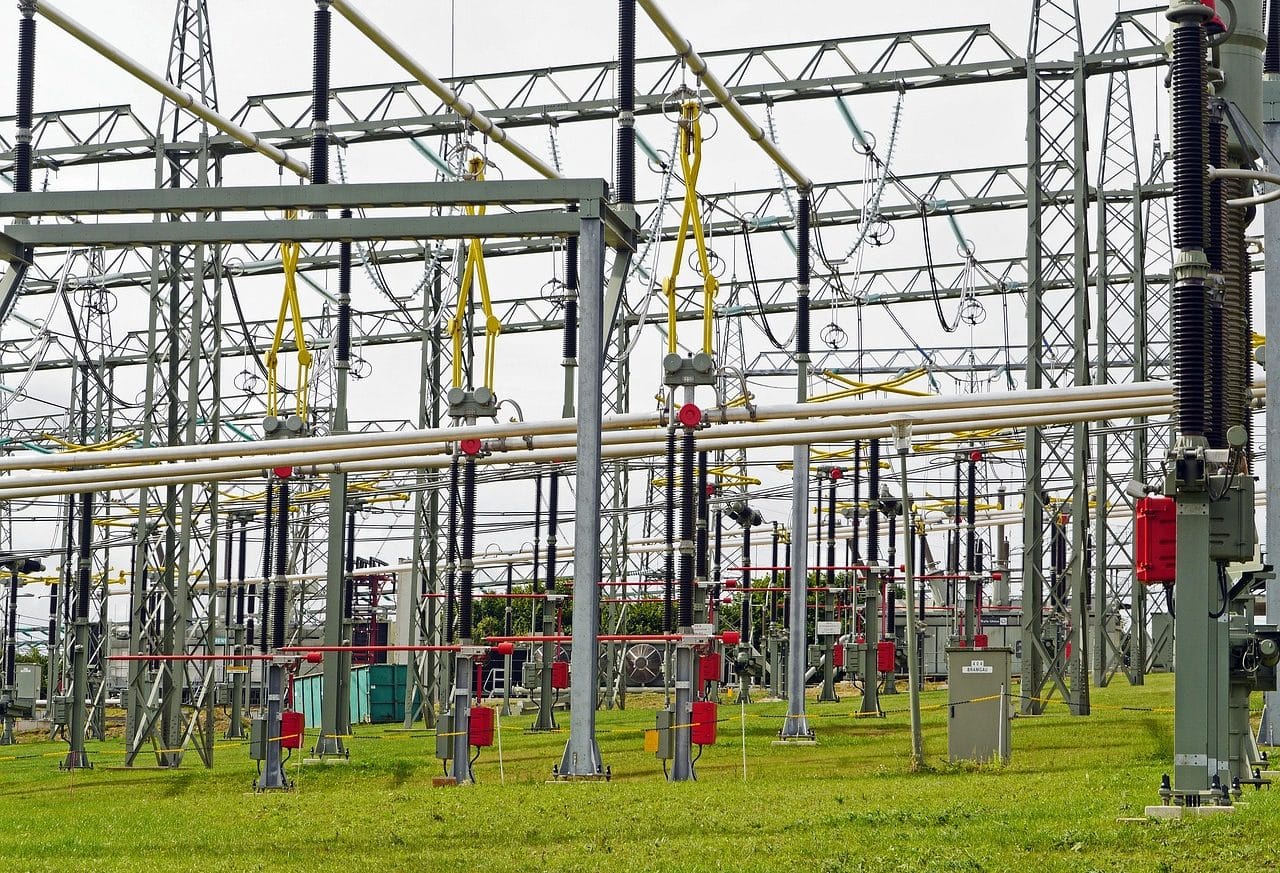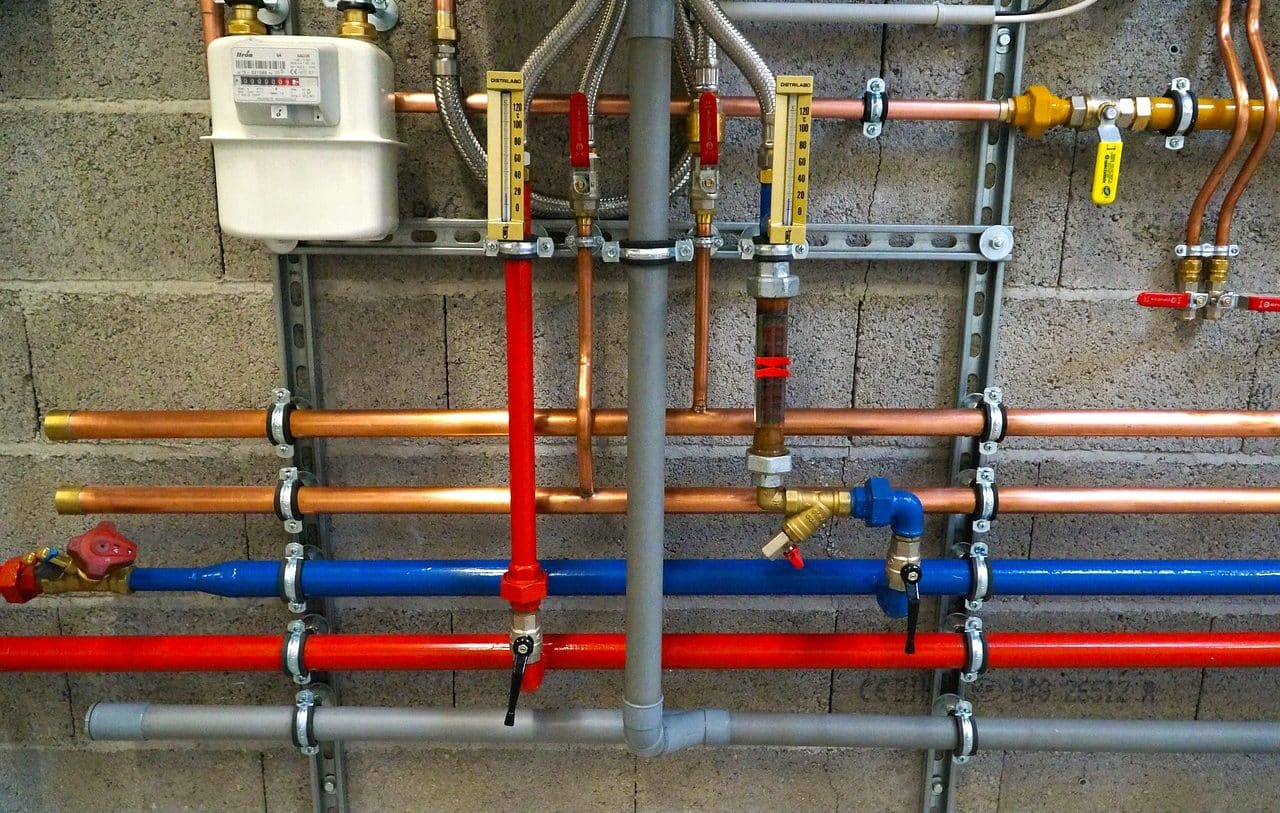
The electrical connection is an installation that is used to derive a part of the current.
Attack is a term that can be used as a synonym for attack : the act and consequence of attacking . This verb , for its part, can refer to attacking , attacking or carrying out an action with force and vigor .
For example: “The revolt was violent, carried out by a large group of young people fed up with corruption,” “The government's attack against the independent press does not stop: yesterday they closed two newspapers,” “Gómez's dismissal was an aggressive measure.” by the Human Resources department, I had nothing to do with it.”
Electrical connection
The notion of connection is also used with reference to the electrical installation that allows a part of the current , whose circulation is carried out through the main conduit, to be diverted to a specific site.
The electrical connection , therefore, appears when the flow is derived from the distribution system to each building that has electrical service. The connection can be made at high voltage (more than 600 or 1000 V, depending on the country) or at low voltage (less than 600 or 1000 V), according to each case.
Generally, the connection for a family home is single-phase and is carried out with three wires (ground, neutral and active). When the connection corresponds to a large construction, which includes different homes, it is three-phase and has four wires (one neutral and three active, while the ground is located in each user's installation).
A distinction can be made, on the other hand, between the underground connection (the cables enter from below the building) and the aerial connection (the cables enter from above).

The drinking water connection connects the pipe of the distribution facility and the internal installation of the users' buildings.
Zoning
With respect to zoning, it is possible to distinguish between two well-defined parts of the electrical connection:
- Company side : this area is also known as the supplier side , and is essentially the portion between the electrical supply network, which is located in the company in charge of providing the service, and each output terminal of the meter. The latter are generally presented in shoes (wired, screwable, pressure terminals, etc.). On the other hand, it is normal that this area also includes the main switch found in the users' installation;
- User side : to complement the previous one, this area extends from the output of the meters to each of the users' equipment. Generally, electricity supply companies require the installation of a main switch as the first element on this side, in order to guarantee the disconnection of the interior installations. For this purpose, knife switches with fuse links are used, whether they are high or low voltage .
In the user area, on the other hand, there are the derived circuits (these are those that are between a switching device and electrical contact or use equipment) and the feeder circuits (those that are between equipment or devices). such as electromagnetic switches).
Drinking water connection
In a similar sense to the electrical connection, it is possible to speak of a drinking water connection to refer to the link that connects the pipe of the water service distribution company's installation and the general internal installation of the users' buildings.
We can say that this connection is the component of the installation that is responsible for collecting the water that comes from the supply companies or the municipalities, and takes it from their pipes to the interior of each building that is under their coverage. The arrangement of this type of connections must respond to the current regulations of each region.
